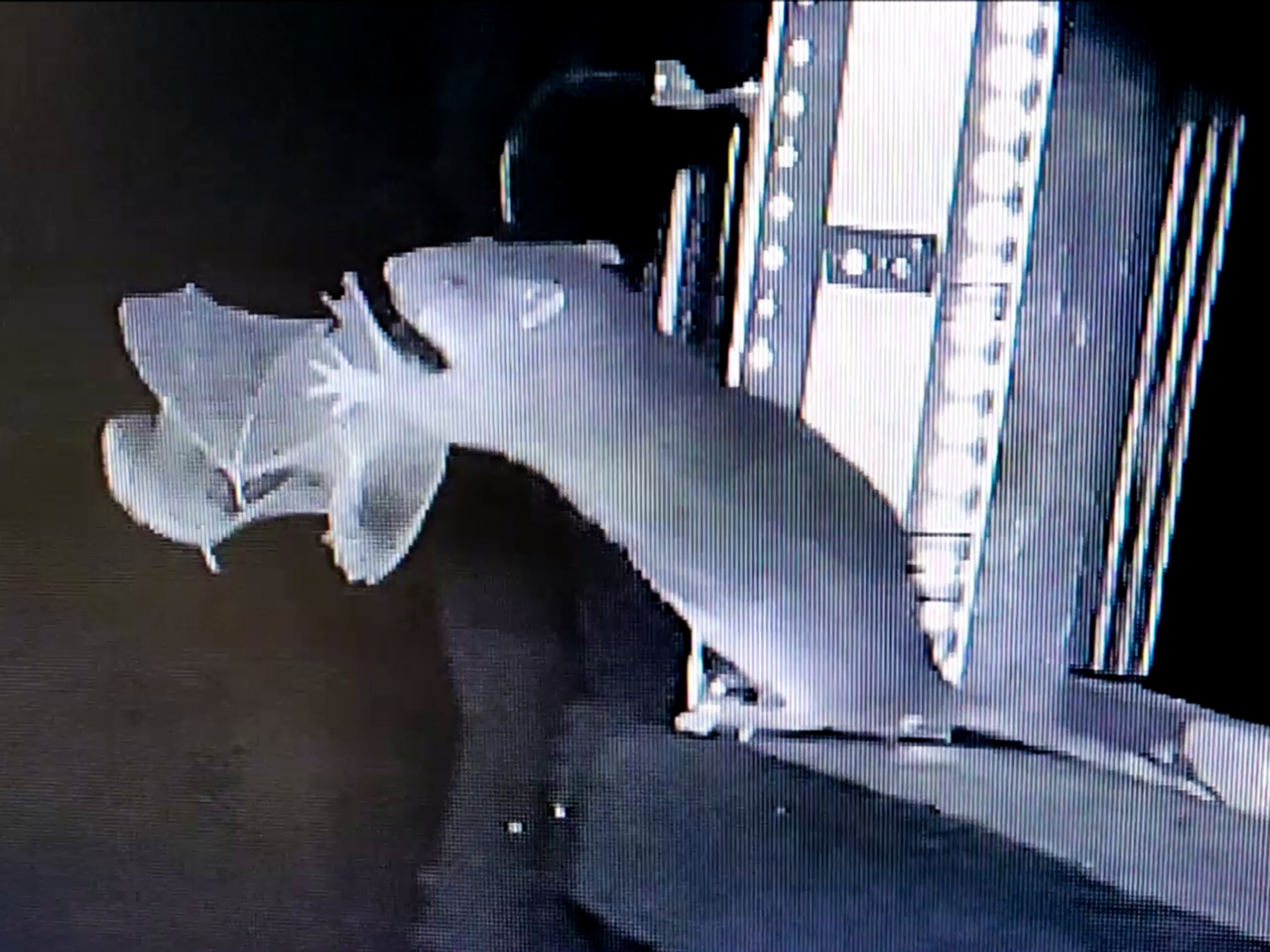
First Fishing Bat Discovered in Europe
The long-fingered bat is the first bat species in the Mediterranean known to catch and eat fish, scientists say.
The long-fingered bat is the first bat species in Europe known to catch and eat fish, scientists say.
Weighing around 0.3 ounce (9 grams) and measuring just over 1.5 inches (42 millimeters), the minuscule bat was long thought to feed only on insects. Scientists were therefore surprised to discover fish bones and scales in the bat's feces in 2003.
(Related: "'Whispering' Bat Evolved to Trick Prey.")
To figure out whether the bats were actively fishing, Joxerra Aihartza of the University of the Basque Country in Bilbao, Spain, and colleagues began monitoring the animals' feeding behavior using small radio tracking devices.
Recently the team captured video of the bats catching live fish.
"They fly low over the water and catch surface-feeding fish, such as the mosquitofish, with their claws," Aihartza said.
Europe's Fishing Bat a Species at Risk
A handful of bats worldwide are known to catch fish, including South America's fisherman bat. (Watch video of the fisherman bat at work.)
As far as Aihartza and colleagues know, the long-fingered bat is the only bat in Europe with this skill.
Despite its proficiency as a fisher, the long-fingered bat mostly eats aquatic insects during certain seasons, the team said.
(Related: "Extinct Walking Bat Found.")
"There are some seasons when they prey more on fish, and we think it is a matter of availability. This is something we are studying now," Aihartza said.
The long-fingered bat can be found foraging over wetlands and waterways—including canals and reservoirs—across its range, which hugs the Mediterranean coasts of Morocco, Algeria, and Europe, stretching into Lebanon, Jordan, and Iran. (See a Mediterranean map.)
Major threats to the species' survival include water pollution, dam construction, and wetlands loss, according to the International Union for Conservation of Nature.
"Habitat availability is a real problem for this bat, and in Spain it is an endangered species," Aihartza said.




